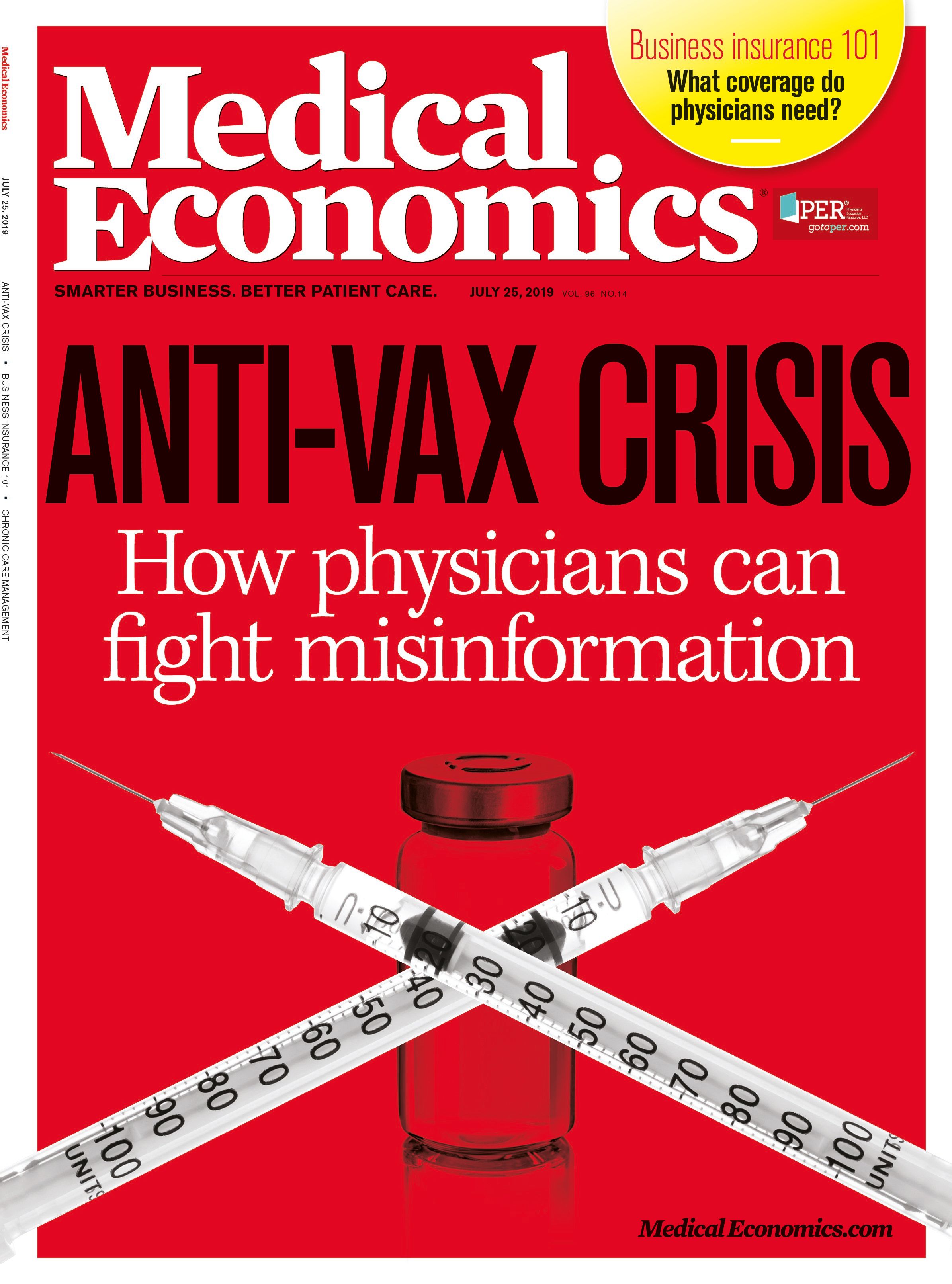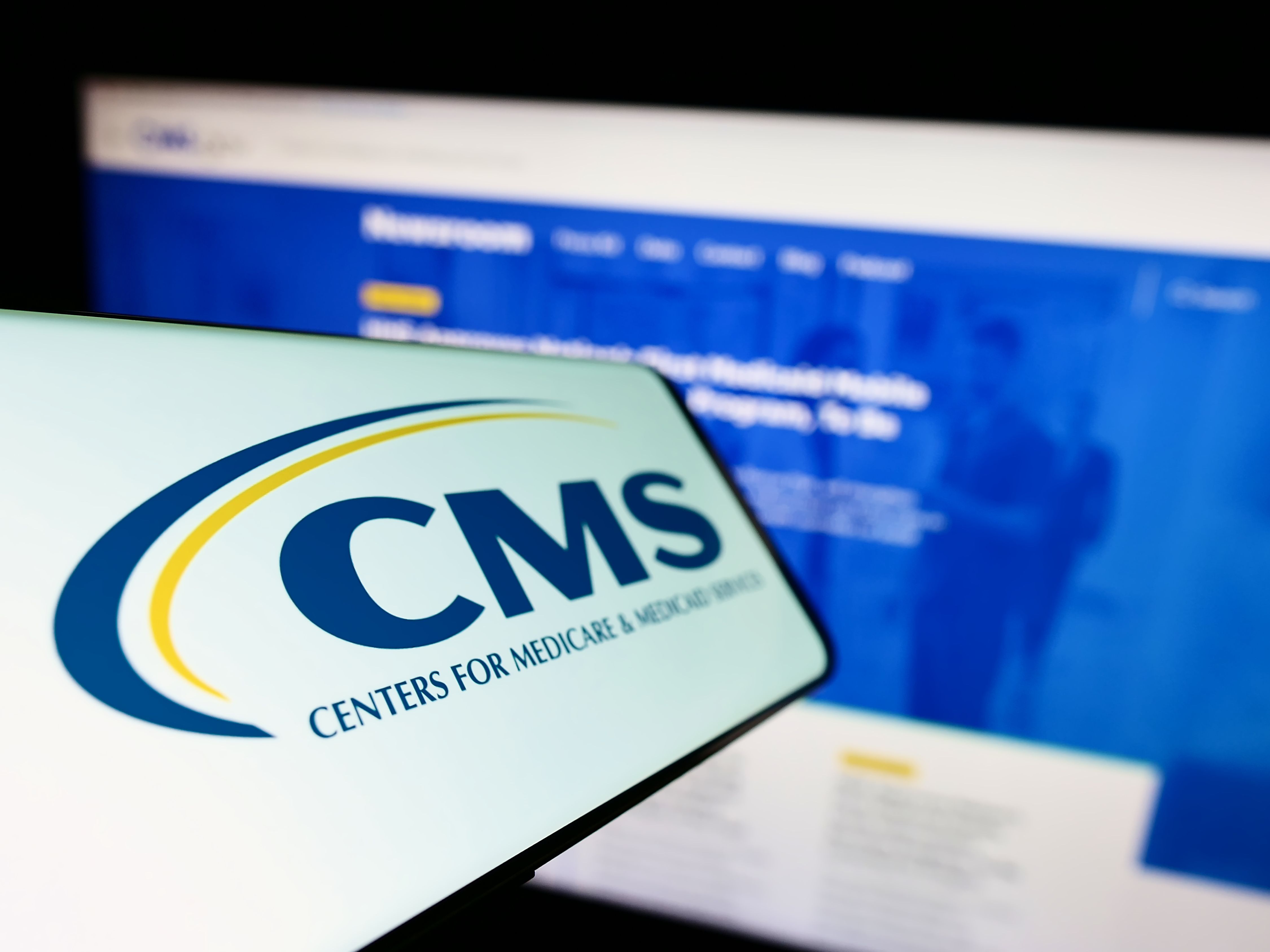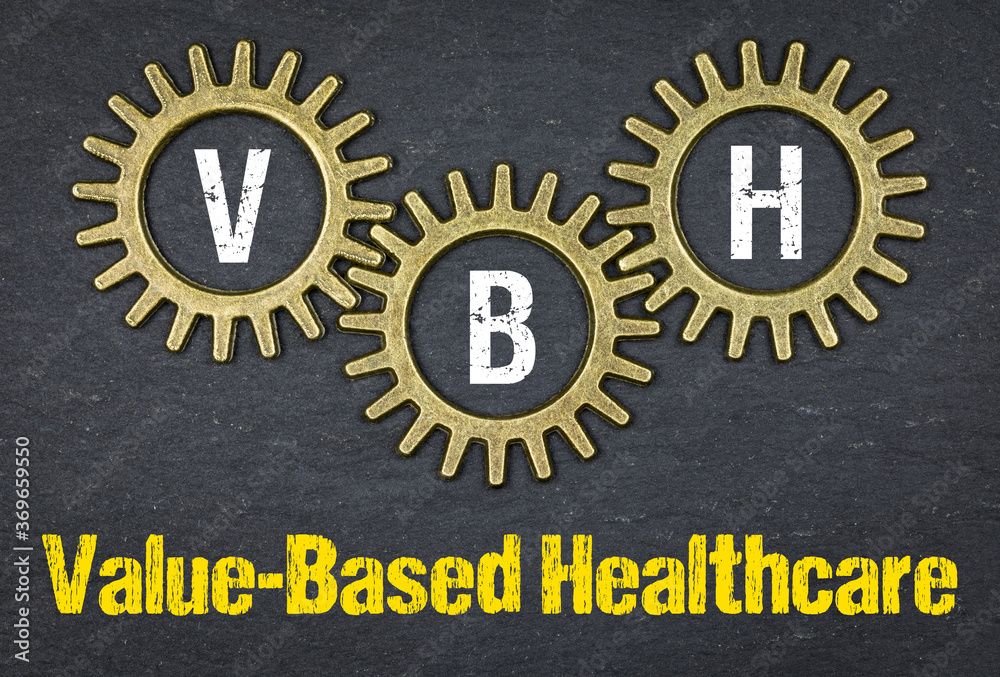Publication
Article
Medical Economics Journal
How to deliver effective and profitable chronic care management
Author(s):
Besides knowing the service parameters, pay rates and usage requirements for CCM codes, physicians must understand how to effectively bill for CCM in order to profitably achieve that goal.

Chronic care management (CCM) has an overarching clinical goal-improving the health of Medicare patients with multiple chronic conditions.
Besides knowing the service parameters, pay rates and usage requirements for CCM codes, physicians must understand how to effectively bill for CCM in order to profitably achieve that goal.
The code parameters
Medicare pays for CCM (typically, non-face-to-face) services to patients with multiple chronic conditions that are expected to last at least one year and present a significant risk of death, acute worsening of those conditions or functional decline. Three primary codes define this type of billable care:
CPT 99490 – Patients receive CCM services through at least 20 minutes of clinical staff time each month. The provider must also create a dynamic comprehensive health plan – i.e., an electronic care plan that assesses patient factors (physical, mental, cognitive, psychosocial, functional and environmental) and inventories all available care resources. The vast majority of Medicare claims are billed under this code.
CPT99487 – Similar to the first code, except that the patient receives complex CCM services, minimum monthly clinical staff time is 60 minutes, and the necessary medical decisions are moderately or highly complex. (Complex and non-complex CCM services differ in the amount of clinical staff time, care planning, and billing practitioner work.)
CPT99489 – This covers each additional 30 minutes of clinical staff time each month and also applies to complex services.
Primary CPT code rates run from $42.17 for 20 minutes (CPT 99490) to $92.95 for 60 minutes (CPT 99487), with the rate for the extra 30 minutes under CPT99489 being $46.49.
Providers ordinarily can bill for CCM services under only one code per month, though services for both complex codes can be billed if the practice meets each code’s reporting time requirement. CCM can’t be billed in a month when the patient receives home health or hospice care supervision or services involving certain end-stage renal care, transitional care management or prolonged evaluation and management services.
Before billing for CCM services, providers must satisfy these basic preconditions: Patients must give verbal or written consent and pay 20 percent for coinsurance; the billing practitioner must make an initial visit with the patient within 12 months of the first CCM claim; provide 24/7 access to care; use a certified EHR to aggregate all patient health information; and establish continuity through a designated care team member who works with the patient to implement a dynamic plan that spells out the patient’s key prevention and treatment goals and strategies.
Reaping financial benefits
By billing for CCM, practices can cut expenses and boost revenues. A Mathematica Policy Research Group study found that providing CCM services reduced growth in total monthly expenditures by $74 per patient over 18 months while averaging revenues of $18 whenever a patient received healthcare services for a specific condition within a month. CCM program savings were $95 per beneficiary per month when beneficiaries received healthcare services more than once in that month.
The report, which tracked costs for patients enrolled in CCM programs vs. costs for non-CCM beneficiaries between 2014 and 2016, also suggests that practices adopting CCM will score very well in the cost category of the Merit-based Incentive Payment System’s performance scores.
These results largely flow from the improved care that CCM has delivered by increasing patients’ connections with their primary care provider and decreasing hospital and emergency department visits, and, per the Mathematica study, from an approximately tenfold increase under CCM in the rates at which patients establish advance care directives with their providers.
Yet Martie Ross, JD, a founding partner in the healthcare management consulting practice PYA, in Overland Park, Kan., says the formula for Medicare reimbursement rates-adding physician work effort and practice expenses-makes it tough for most practices to offset the infrastructure investment needed to make CCM work.
Practices that have discovered how to make CCM profitable “have some things in common-most importantly, the primary care provider directly introduces the services by engaging the patient in an initial conversation about CCM” instead of handing out a descriptive form or recruiting patients by phone, she says.
Membership in an ACO can ease that infrastructure cost burden, because the ACO can efficiently provide CCM services through a hub serving multiple practices. For instance, an ACO that PYA advises has provided 30,000 CCM services through a team of health coaches across 30 rural Kansas counties through a centralized team of care managers under the supervision of a physician who also handles all CCM billing.
“In this model, the peer managers all have access to the practice’s EHR, so they can see the electronic health record of the patient for whom they’re providing CCM and also enter data and maintain the care plan within the patient’s EHR,” Ross explains. Moreover, ACOs can give multiple providers access to the data analytics required to manage patients in a value-based contract.
Adopting the right mindset
Fee-for-service (FFS) billing is still used by most practices. But if practices are to cope with CCM’s administrative, clinical, documentation and billing requirements, they must change their FFS mindset, says William Mills, MD, ABIM, founder of Chronic Care Management, Inc., a Solon, Ohio consulting firm that helps providers implement CCM technology and services.
“The groups that do the best with CCM have buy-in from their leadership team to start taking a population health management (PPM) approach to their chronically ill patients and also are interested in a new per-patient, per-month revenue stream,” Mills says. In his view, an individual physician or practice with anywhere from 500 to 2,000 or more patients could develop a very significant gross revenue stream by billing 42 to 90 or so dollars per patient per month.
Effectively furnished and profitably billed CCM also requires an advanced technology platform to enable CCM workflows. It needs to use evidenced-based tools to assess risks such as emerging functional, social or psychological complications, acute care utilization, and the concurrent usage of multiple drugs to treat a condition. It also should generate a comprehensive care plan and an audit trail to ensure compliance with CMS rules.
The impact of program size
If a practice’s CCM program is big enough, it can even contribute to CCM enrollment among healthcare professionals outside of the practice. CareMount Health Solutions, the physician-owned Medicare coordination subsidiary of CareMount Medical, a multi-specialty practice in six New York counties, is doing just that.
While CareMount has targeted up to 10 percent of its own 25,000 Medicare beneficiaries for CCM services delivered by its own primary care providers, “We’re also starting to branch out and educate our specialists, who may not be following patients who have primary care physicians within our group, but are still following patients who are quite ill and eligible for CCM services,” says Lisa Bardack, MD, chair of CareMount’s department of internal medicine. “Those specialists are now interested in utilizing the CCM platform we developed.”
At the same time, CareMount’s scale and CCM platform sophistication have positioned them to help practices-at a competitive cost-that can’t do CCM on their own. “We’re looking at capturing smaller medical groups or individual providers outside of our organization who may want our assistance in participating in a program like this,” adds Bardack. Clinical care coordination, quality improvement, population health and data analytics are among the services CareMount may offer in this regard.
The outsourcing decision
Given the administrative challenges of CCM billing and the expertise needed to aggregate and analyze data available with an advanced EHR platform, it may be that most practices don’t have the bandwidth or experience to operate CCM themselves, says Mills. Going in-house might seem economical, yet it’s expensive to recruit, train and equip qualified people who can manage the care and provide full, accurate documentation and billing. But Mills cautions that “a disadvantage of outsourcing can be that unless there is a good bilateral agreement between the practice and the CCM enabler (vendor), the identified patient risks and care gaps are difficult to address.”
According to Mills, it’s up to the practice to close any such gap that the vendor identifies, but since the vendor doesn’t practice medicine, developing a workflow that effectively addresses those gaps “depends upon good collaborative communication and workflow setup.”
Failure to detect and eliminate those risks and care shortfalls can delay the interventions necessary to prevent a hospitalization or other care crisis and keep patients from accessing support services that complement their medical care. To make certain that both parties are on the same page, the practice may want a services agreement that commits the vendor to furnishing services that establish round-the-clock care coordination, such as conducting monthly reviews to refresh the care plan; ensuring that patients receive all of their recommended preventative care; operating an online care management portal to inform and answer questions from the patients and their families; reminding patients about upcoming visits and therapy through texts and phone calls; and facilitating the delivery of community resources when necessary.
Beware of third-party vendors who promise significant revenue from CCM, warns Ross. “Instead, what makes sense is finding a third party partner who helps you more effectively reach and manage patients that demand a lot of your resources and staff time-and who can help you cut your CCM management costs.”
Nor should practices equate outsource value with how many of their patients the vendor can call every month. When River Bend Medical Associates, a family practice in Sacramento, Calif., began its CCM program in 2015, it started small, targeting about 100 of its sickest, highest-need patients, and sought an outside vendor that aligned with that approach and would assist, rather than run, its program.
But most of the companies the practice approached wanted to take over the program, take 50 percent of River Bend’s CCM reimbursements “and just hit as many of our patients each month as possible,” recalls Francisco Garcia, MD, the practice’s leader. Instead, River Bend hired a vendor who charges much less and risk-stratified patients by acuity levels, with highest-acuity patients getting at least one call each month and those with lowest acuity getting quarterly calls.
That, and a relationship-based strategy assigning a care coordinator to each CCM patient has resulted in high patient satisfaction, minimal disenrollment and a sustainable operation.
Taking a value-based approach to CCM that combines robust enrollment, the aggressive and correct documentation of billable activities, and the efficient, needs-based delivery of services to patients can give practices a CCM program that reduces the total cost and increases the overall quality of patient care.






